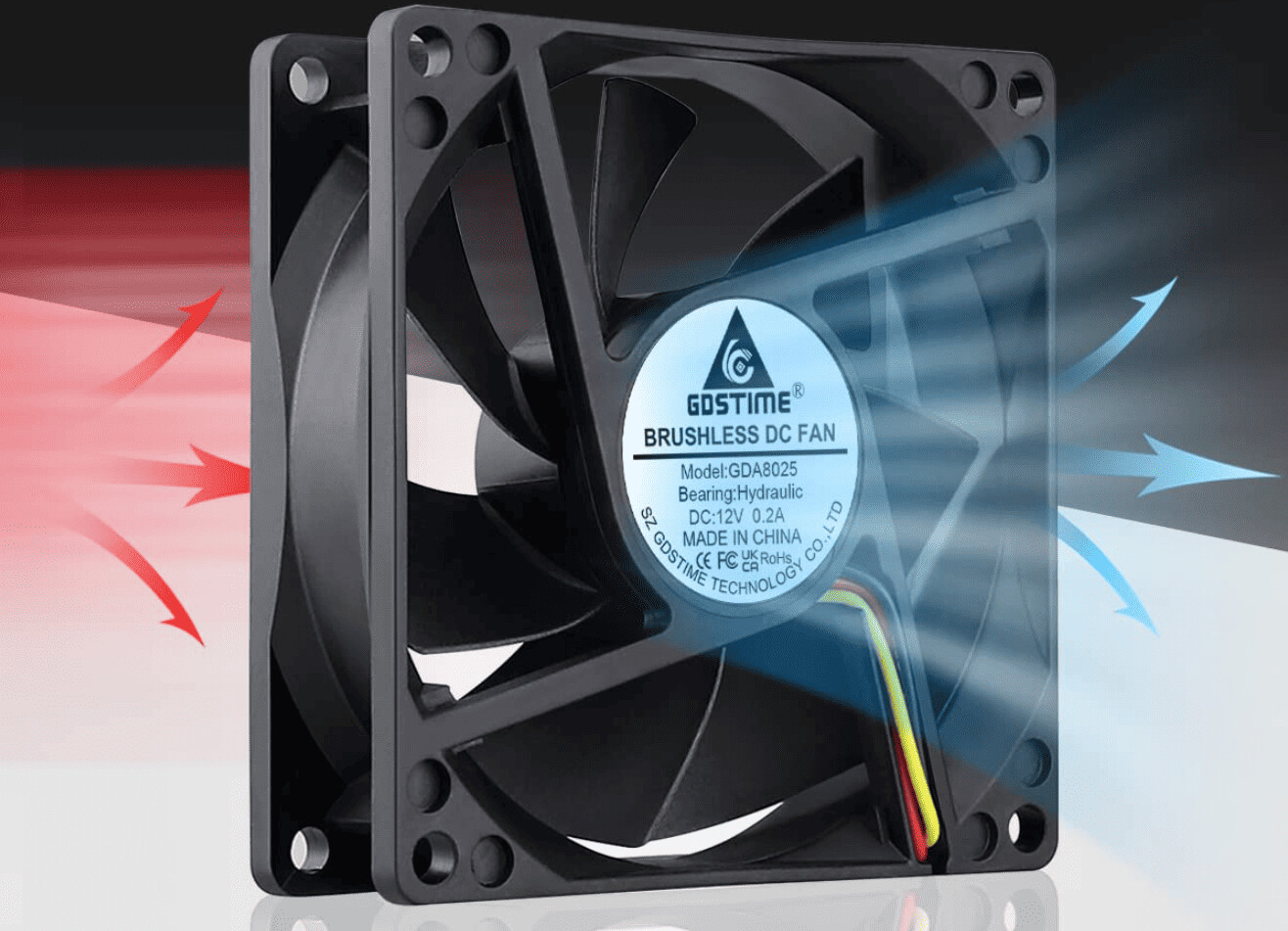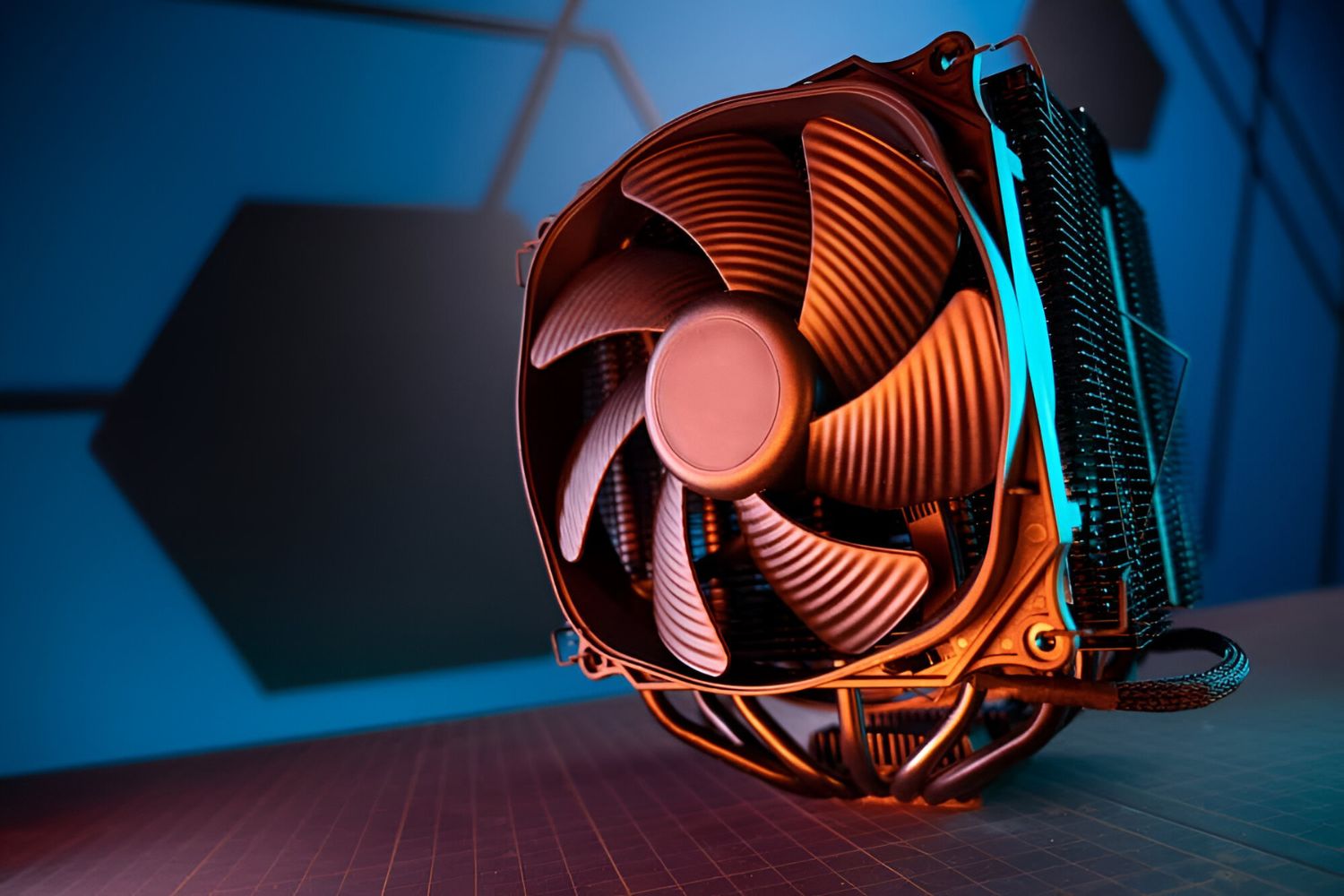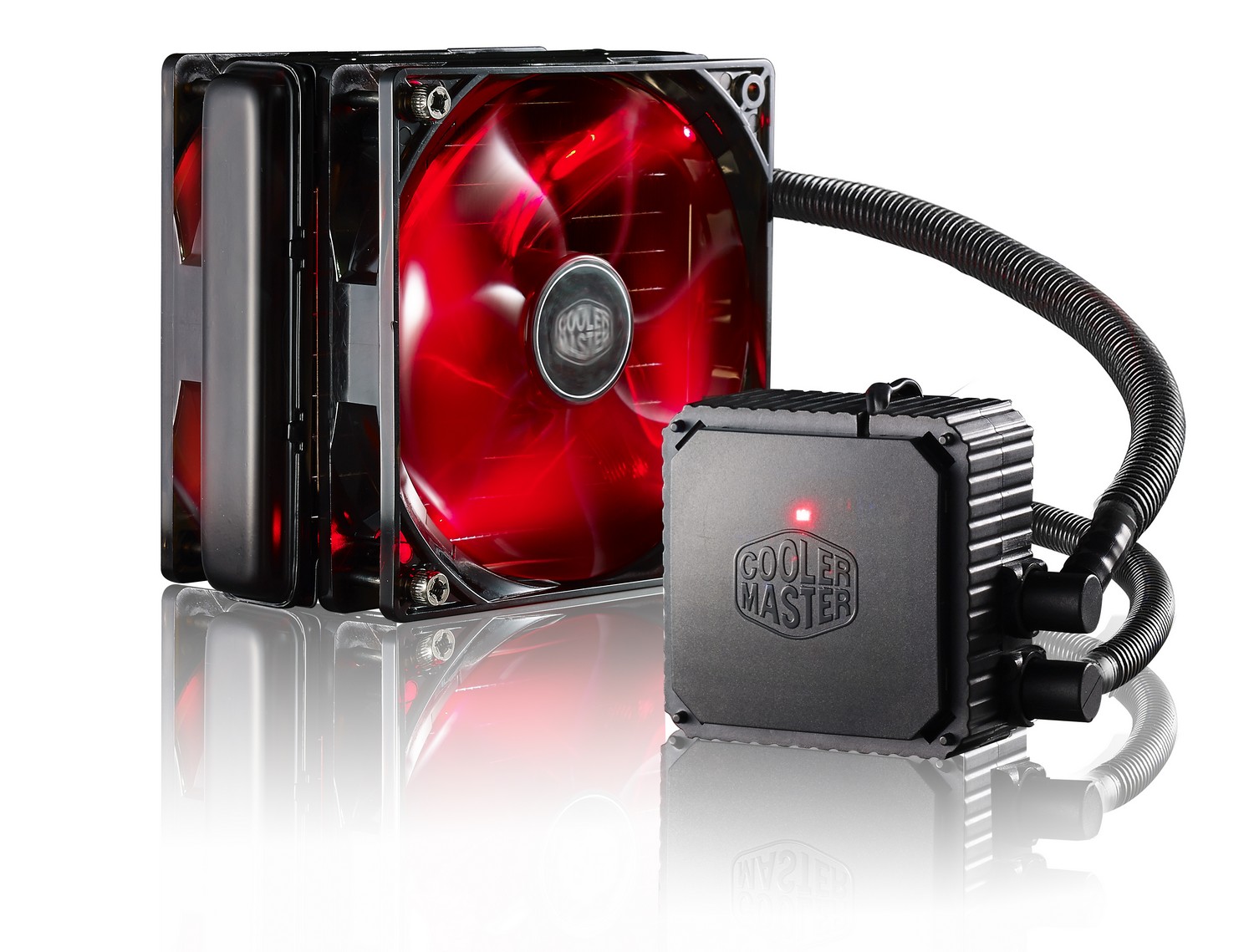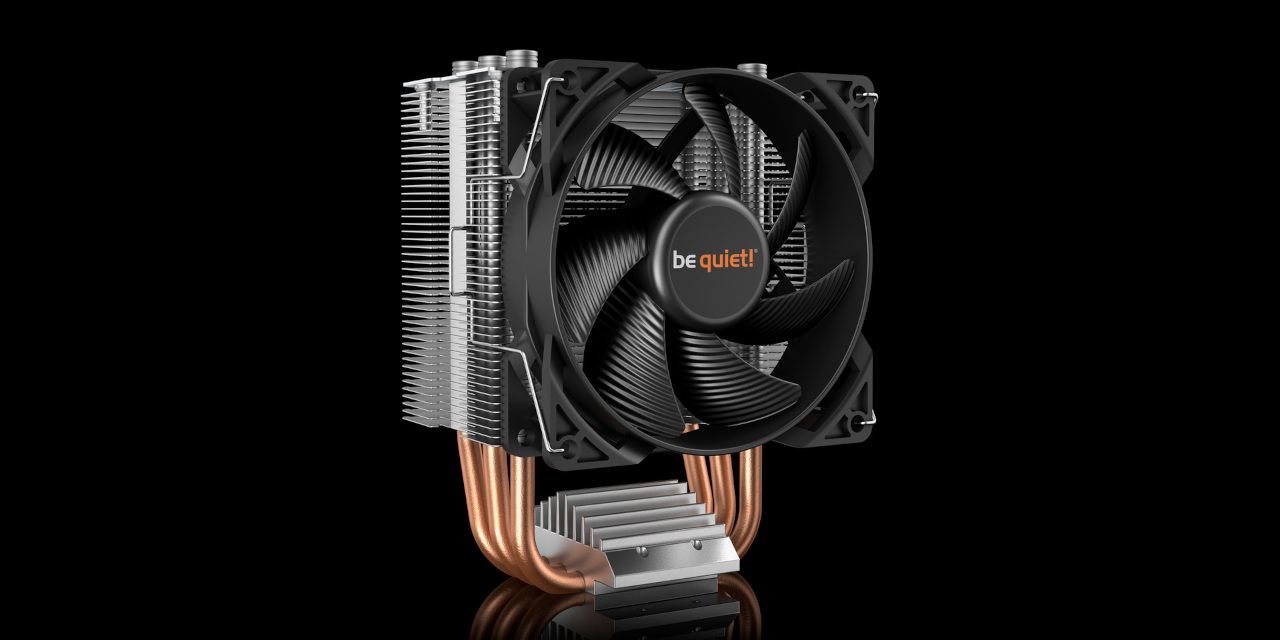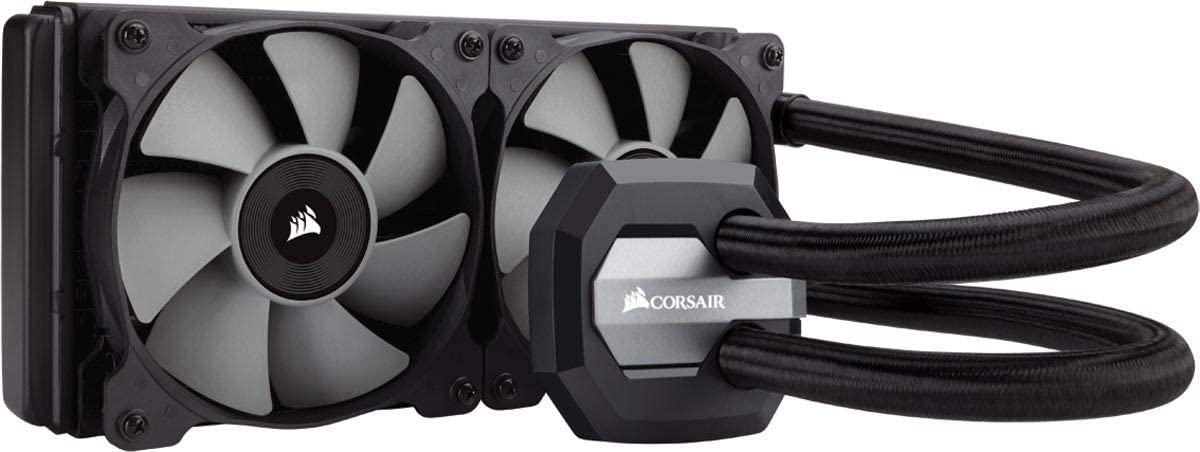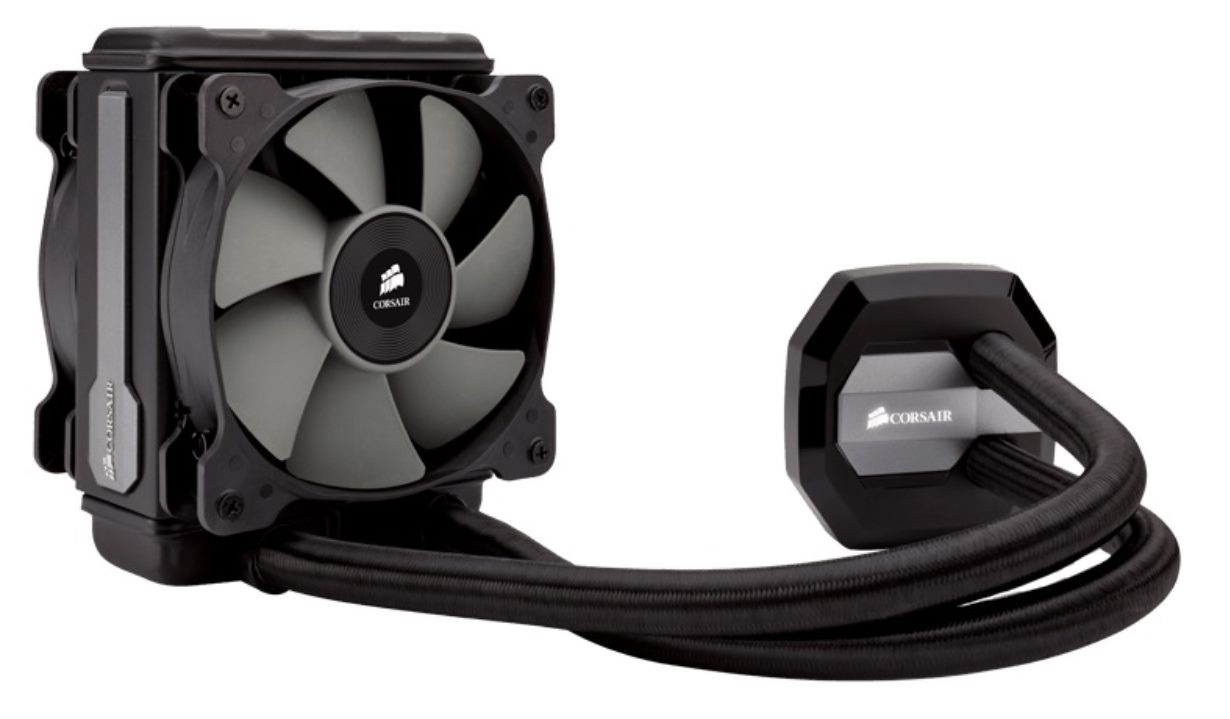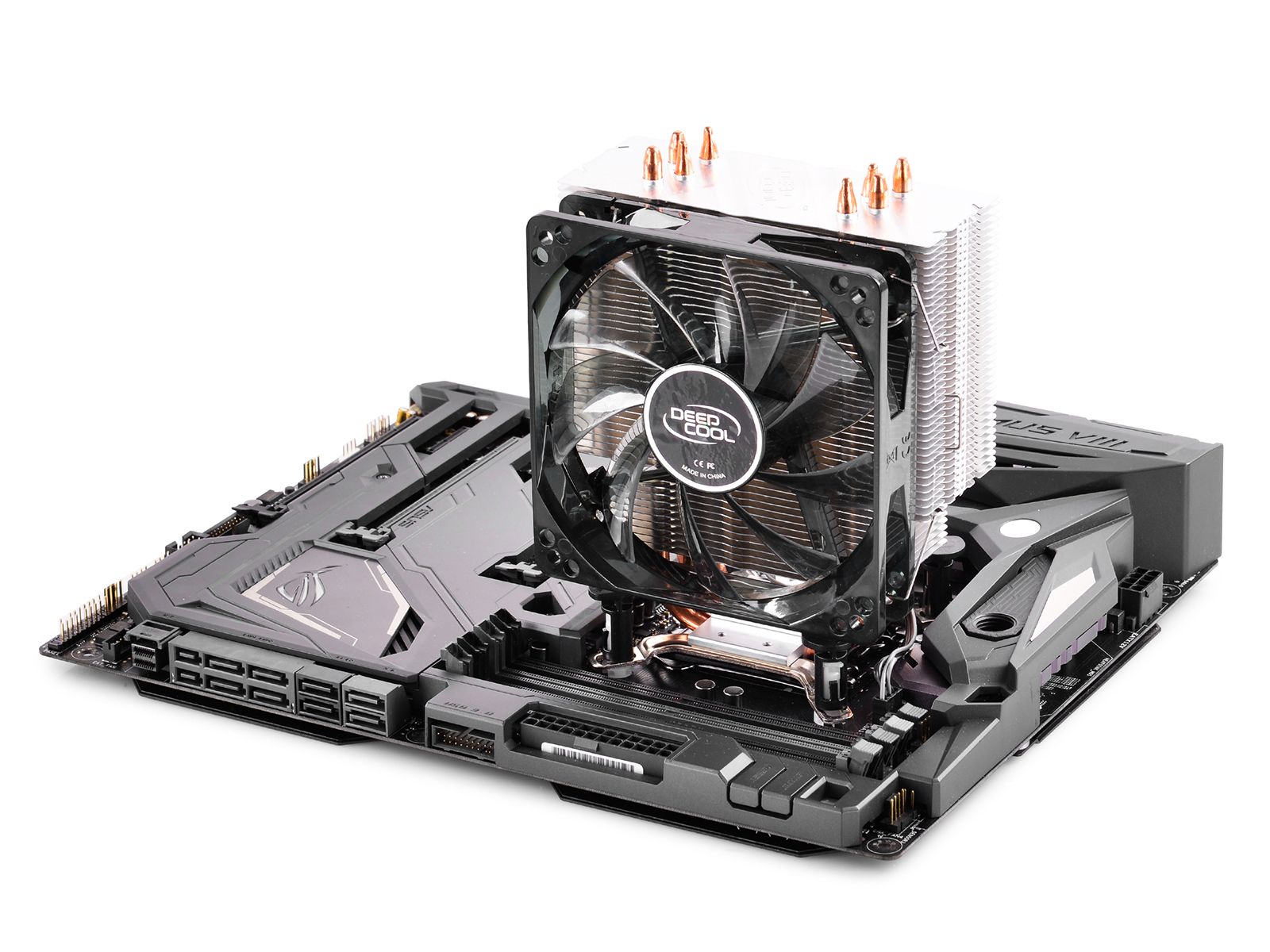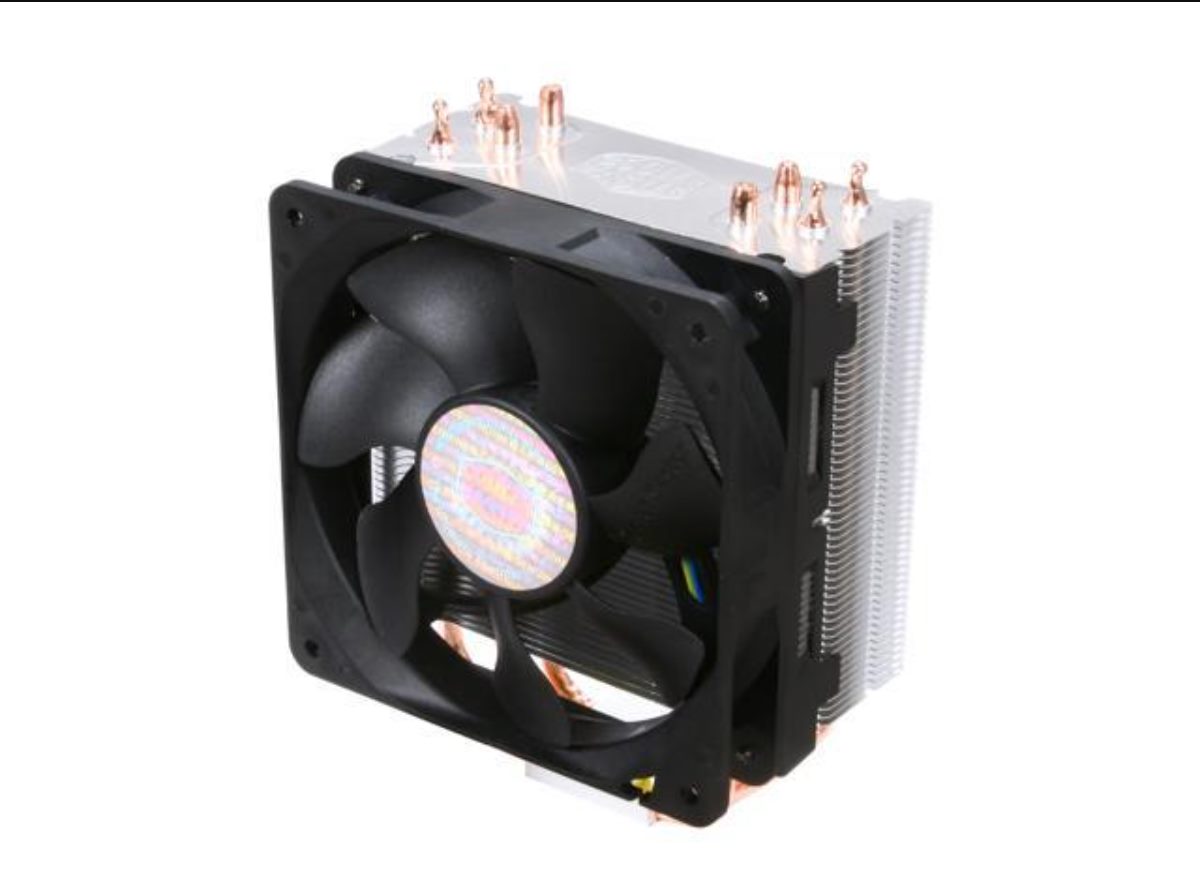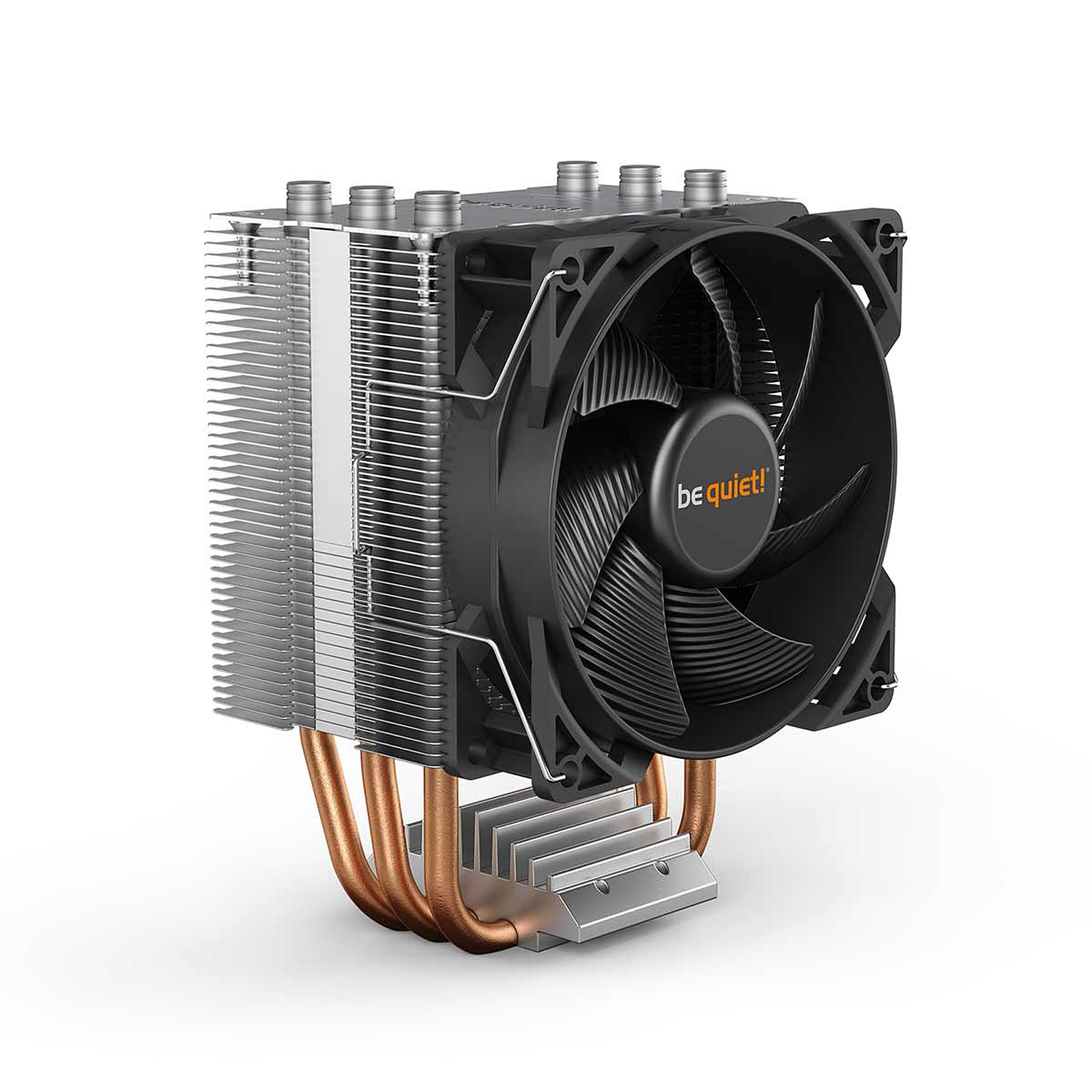Introduction
Welcome to the world of CPU coolers! Whether you’re an avid gamer, a graphics designer, or simply someone who loves pushing their computer to its limits, having a good CPU cooler is essential. It plays a crucial role in maintaining the optimal temperature of your processor, preventing overheating and ensuring smooth performance.
One of the factors to consider when choosing a CPU cooler is CFM, which stands for Cubic Feet per Minute. CFM refers to the volume of air that a cooler can move in a minute. It represents the cooling power of the cooler, indicating how much air it can circulate to dissipate the heat generated by the CPU.
Understanding CFM is important because it directly affects the cooling efficiency of the CPU cooler. The higher the CFM, the more air the cooler can move, leading to better heat dissipation and lower temperatures for your CPU.
In this article, we will delve deeper into what CFM means for a CPU cooler and why it is crucial in choosing the right cooler for your system. We will also explore how CFM is measured and discuss the factors you should consider when selecting a CPU cooler with the appropriate CFM.
So, if you’re ready to learn more about CFM and its importance in CPU cooling, let’s dive in!
What is CFM?
CFM stands for Cubic Feet per Minute, and it is a unit of measurement used to indicate the airflow capacity of a fan or cooling device. In the context of CPU coolers, CFM represents the volume of air that the cooler can move in a minute. It essentially measures the cooling power of the cooler.
When a CPU is in operation, it generates heat. If this heat is not effectively dissipated, it can lead to thermal throttling, decreased performance, and even permanent damage to the processor. A CPU cooler helps in maintaining the optimal temperature of the CPU by cooling it down.
The CFM rating of a CPU cooler determines how quickly it can dissipate the heat generated by the CPU. A higher CFM rating indicates that the cooler can move a larger volume of air, resulting in better cooling performance. On the other hand, a lower CFM rating suggests that the cooler may have limited cooling power.
It’s important to note that CFM is not the only factor that determines the cooling efficiency of a CPU cooler. Other factors, such as the design of the heatsink, the type of fan used, and the overall airflow within the computer case, also play a significant role. However, CFM provides a valuable indication of the cooling capacity and can help you make an informed decision when selecting a CPU cooler.
So, the next time you come across the term CFM while shopping for a CPU cooler, remember that it refers to the airflow capacity and cooling power of the cooler. The higher the CFM rating, the more effectively the cooler can dissipate heat from your CPU, ensuring optimal performance and longevity.
Why is CFM Important for a CPU Cooler?
CFM plays a crucial role in the effectiveness of a CPU cooler in maintaining optimal temperatures for your processor. Here are a few reasons why CFM is important:
Cooling Efficiency: The primary function of a CPU cooler is to dissipate the heat generated by the processor. A higher CFM rating indicates that the cooler can move a larger volume of air, facilitating better heat transfer and efficient cooling. This ensures that your CPU stays within safe temperature limits, preventing thermal throttling and potential damage.
Overclocking Potential: Many enthusiasts and gamers often overclock their CPUs to squeeze out extra performance. Overclocking increases the heat output of the processor, making the need for efficient cooling even more critical. A CPU cooler with a high CFM rating can handle the increased heat load and help maintain stable overclocked frequencies.
Heat Dissipation from Surrounding Components: A CPU cooler not only cools the processor but also influences the overall airflow within the computer case. The CFM rating indicates how much air the cooler can move, potentially assisting in the removal of hot air generated by other components, such as the graphics card or power supply. This helps in maintaining a cooler environment inside the case.
Noise Level: It’s worth mentioning that increasing the CFM rating of a CPU cooler may result in higher fan speeds, which can lead to increased noise levels. However, this can be managed by balancing CFM with other factors, such as the design of the fan blades and the use of noise-reducing technologies. It’s essential to find a CPU cooler that strikes a balance between cooling performance and acceptable noise levels for your preference.
System Longevity: Overheating can significantly impact the lifespan of your CPU and other computer components. By choosing a CPU cooler with an appropriate CFM rating, you can ensure that your system remains cool and avoid the potential long-term effects of excessive heat exposure, such as decreased performance and premature component failure.
Overall, CFM is a key factor to consider when selecting a CPU cooler. It directly impacts the cooling efficiency and performance of your system, especially if you engage in demanding tasks or overclocking. By choosing a CPU cooler with an adequate CFM rating, you can ensure the longevity and optimal functioning of your system.
How is CFM Measured?
CFM, which stands for Cubic Feet per Minute, is a measurement used to quantify the airflow capacity of a fan or cooling device. The CFM rating indicates how much air the cooler can move in a minute. There are several methods used to measure CFM, including:
1. Direct Measurement: One of the most accurate methods of measuring CFM is by directly measuring the airflow using specialized equipment. This involves placing an airflow meter in front of the fan or cooler and measuring the volume of air passing through it. This method provides precise CFM measurements but is generally used for industrial applications rather than consumer CPU coolers.
2. Manufacturer Specifications: CPU cooler manufacturers often provide CFM ratings in their product specifications. They conduct their own testing using standardized methods to determine the airflow capacity of their coolers. While these ratings can be reliable for comparison purposes, they should be taken with a grain of salt as the testing conditions may not always reflect real-world usage scenarios.
3. Fan Speed and Static Pressure: Another approach to estimating CFM is by looking at the fan speed (measured in rotations per minute or RPM) and the fan’s static pressure. Higher fan speeds and higher static pressures typically indicate a higher CFM rating. However, this method is more of an estimation and may not provide precise CFM measurements.
4. Airflow Calculations: CFM can also be calculated using mathematical formulas based on the dimensions and design of the fan or cooler. This approach takes into account factors such as fan size, blade pitch, and the density of the air being moved. While this method can provide reasonably accurate CFM estimates, it requires detailed knowledge of the fan design and may not be readily available for consumer CPU coolers.
It’s important to note that CFM measurements can vary depending on the testing conditions and the method used. Additionally, it’s common for manufacturers to provide CFM ranges rather than a specific value, as the airflow can be influenced by various factors such as fan speed, power input, and the presence of any obstructions in the airflow path.
When comparing CFM ratings of different CPU coolers, it’s important to consider the testing conditions and understand that the actual airflow performance may vary in real-world scenarios. The CFM rating should be considered alongside other factors, such as the heatsink design, fan noise level, and overall cooling performance, to make an informed decision when selecting a CPU cooler.
Finding the Right CFM for Your CPU Cooler
Choosing the right CFM rating for your CPU cooler is essential to ensure optimal cooling performance and prevent overheating. Here are some factors to consider when finding the right CFM for your CPU cooler:
1. Processor Power and TDP: The power and thermal design power (TDP) of your CPU play a significant role in determining the amount of heat it generates. Higher-power processors tend to produce more heat and require a CPU cooler with a higher CFM rating to effectively dissipate that heat. Check the specifications of your processor to determine its TDP and use it as a guideline when selecting a CPU cooler.
2. Usage and Workload: Consider how you use your computer and the types of tasks you perform. CPUs under heavy workloads, such as gaming or video editing, require more efficient cooling. If you engage in demanding tasks or consistently put your CPU through heavy load scenarios, it’s advisable to choose a CPU cooler with a higher CFM rating to ensure effective heat dissipation.
3. Case Airflow: The overall airflow within your computer case also affects the cooling performance of your CPU cooler. If your case has limited airflow or is small in size, choosing a CPU cooler with a higher CFM rating can help compensate for any potential airflow restrictions and ensure better cooling efficiency.
4. Overclocking: If you plan to overclock your processor, higher heat generation is expected. Overclocking tends to increase the CPU’s power consumption and subsequently its heat output. To maintain stable and reliable overclocked frequencies, a CPU cooler with a higher CFM rating is recommended to handle the additional heat load.
5. Noise Considerations: While a higher CFM rating often corresponds to better cooling performance, it can also result in higher fan speeds and increased noise levels. Consider your preferences for noise and find a balance between cooling efficiency and acceptable noise levels. Look for CPU coolers that offer good performance-to-noise ratios or employ technologies, such as PWM control or low-noise fan designs, to help manage noise levels effectively.
It’s important to note that the CFM rating of a CPU cooler should not be the sole determining factor when selecting a cooler. Other aspects, such as the heatsink design, fan quality, and overall build quality, also influence cooling performance. Therefore, it’s recommended to read reviews, consider recommendations from reputable sources, and weigh multiple factors together to make an informed decision.
By considering the power of your processor, your usage patterns, case airflow, overclocking plans, and noise preferences, you can choose a CPU cooler with the appropriate CFM rating to ensure optimal cooling performance for your system.
Factors to Consider When Choosing a CPU Cooler with the Right CFM
When selecting a CPU cooler with the appropriate CFM rating for your system, it’s essential to consider various factors that influence cooling performance. Here are some key factors to keep in mind:
1. CPU Socket Compatibility: Ensure that the CPU cooler you choose is compatible with your processor’s socket type. Different CPU coolers are designed to fit specific sockets, such as Intel LGA or AMD AM4. Check the manufacturer’s specifications to ensure compatibility.
2. Heatsink Design: The design of the heatsink plays a significant role in the cooling performance of the CPU cooler. Look for models with a larger surface area or heat pipes that facilitate better heat dissipation. Additionally, consider the orientation of the heatsink and ensure it aligns properly with your case’s airflow.
3. Fan Quality and Size: The quality of the fan used in the CPU cooler directly impacts its airflow and cooling performance. Look for fans with high static pressure and efficient airflow design. Additionally, consider the size of the fan. Larger fans tend to move more air at lower RPM, resulting in quieter operation and sufficient cooling capacity.
4. Overall Build and Compatibility: Consider the overall build of the CPU cooler to ensure it fits within your computer case. Check the height and width dimensions to verify compatibility, especially if you have a smaller or more compact case. Also, make sure that the cooler does not interfere with other components, such as RAM modules or PCIe cards.
5. Noise Levels: The noise produced by the CPU cooler can be a significant consideration, especially if you value a quiet computing environment. Look for CPU coolers that offer low noise operation or come with advanced technologies, such as noise dampening features or variable speed controls, to help manage noise levels effectively.
6. Budget and Value: Consider your budget and look for CPU coolers that offer a good balance of performance and value. While high-end coolers with advanced features may offer excellent cooling performance, they may not always be necessary for every user. Evaluate your cooling needs and choose a CPU cooler that meets your requirements without breaking the bank.
7. Reviews and Recommendations: It’s always beneficial to read reviews and seek recommendations from reputable sources or fellow enthusiasts. Take advantage of online forums or community discussions to gain insights into real-world experiences with different CPU coolers and their CFM performance.
By considering these factors, you can select a CPU cooler with the right CFM rating that suits your cooling needs, fits your system configuration, and provides optimal performance for your processor.
Conclusion
Choosing the right CPU cooler with the appropriate CFM rating is crucial for maintaining optimal temperatures and ensuring the longevity and performance of your processor. CFM, or Cubic Feet per Minute, represents the airflow capacity of a CPU cooler and directly impacts its cooling efficiency.
When selecting a CPU cooler, consider factors such as your processor’s power and TDP, your usage patterns, case airflow, and noise preferences. These factors will help you determine the right CFM rating for your CPU cooler. Additionally, pay attention to the heatsink design, fan quality, overall build, and compatibility of the cooler.
While CFM is an important consideration, it should not be the sole determining factor. The overall cooling performance is influenced by other factors such as heatsink design, fan quality, and airflow within the case. It’s essential to strike a balance between cooling efficiency and noise levels, as higher CFM ratings can result in increased fan speeds and potentially louder operation.
Take the time to research and read reviews to gather information about specific CPU coolers and their CFM performance. Seek recommendations from reliable sources or fellow users who have first-hand experience with different coolers.
By considering all these factors, you can select a CPU cooler with the appropriate CFM rating that meets your cooling needs, fits your system configuration, and provides optimal performance for your processor. With the right CPU cooler in place, you can enjoy cool and stable operations, whether you’re gaming, editing videos, or pushing your CPU to its limits.







